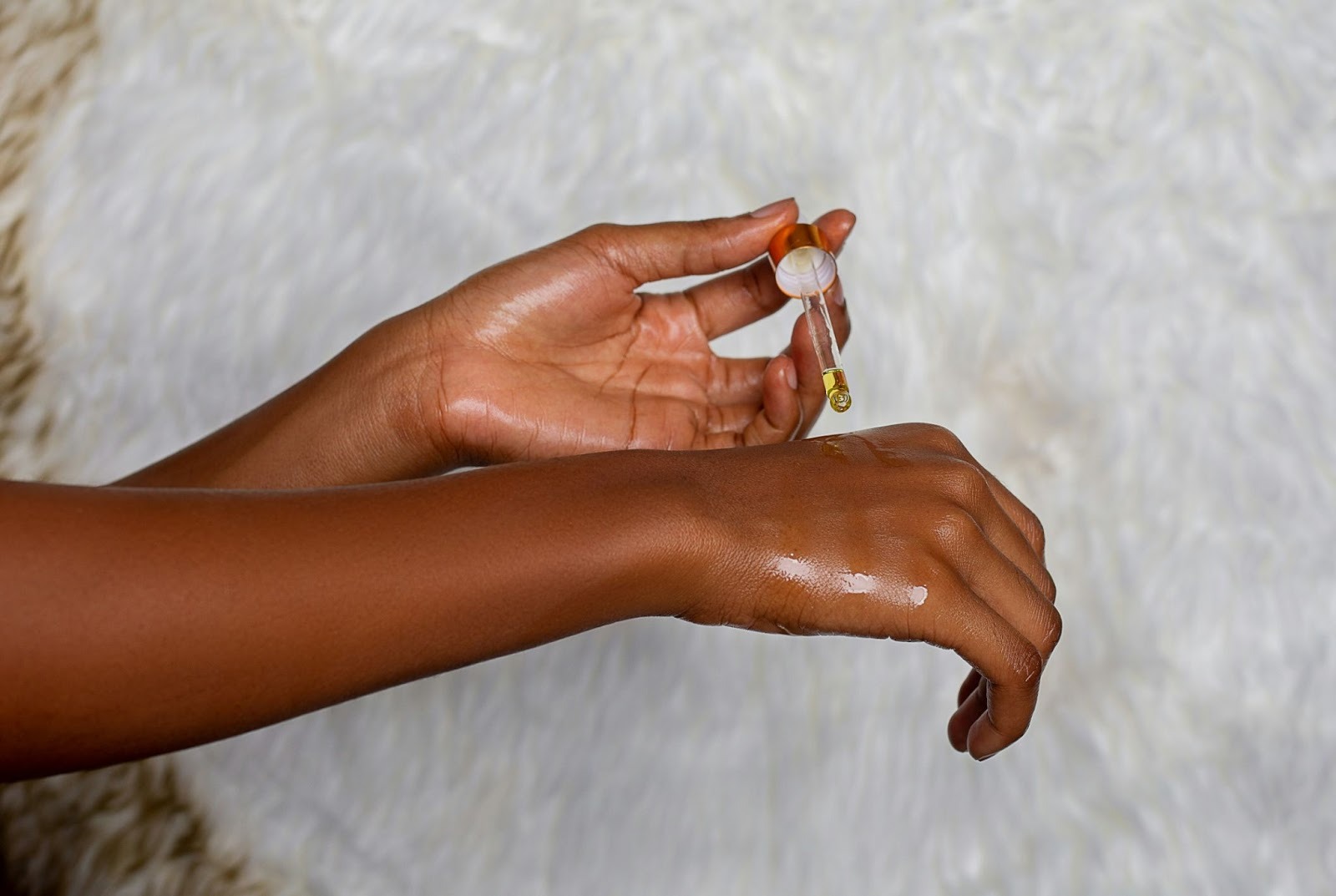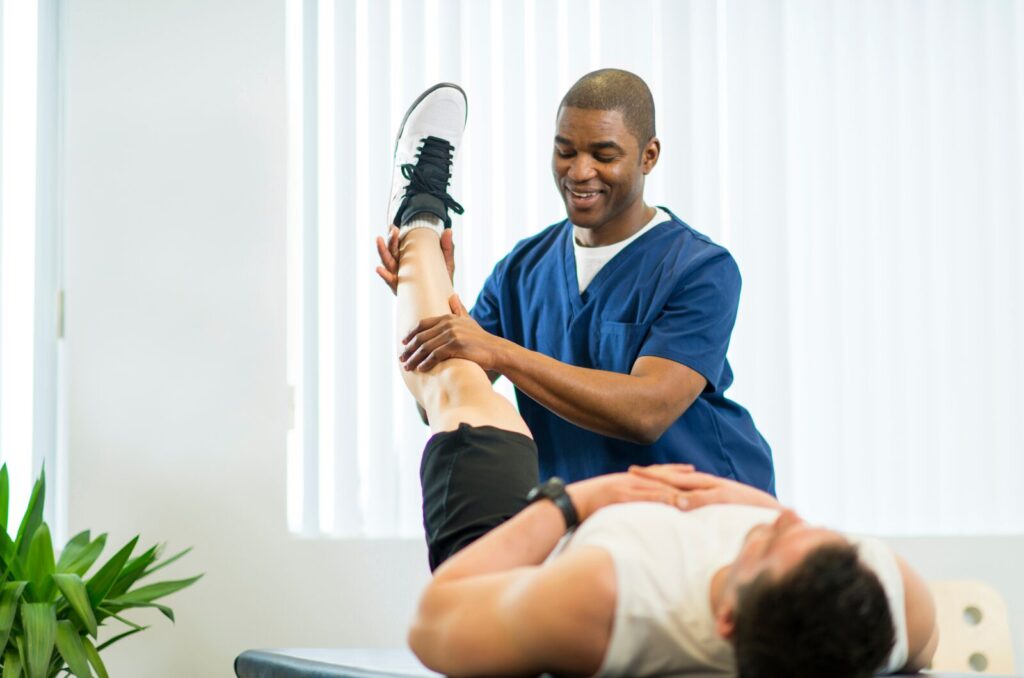Lymphedema skin care prevents infections and maintains healthy skin in affected areas. Lymphedema causes fluid buildup that stretches and weakens the skin, which makes it more vulnerable to infection. Without proper hygiene, bacteria and fungi can easily thrive, increasing the risk of skin infections like cellulitis.
Regular, gentle skin care cleanses away dirt and reduces bacteria, while moisturizing prevents dryness and cracking, which are common causes of lymphedema skin itching and rashes. Effective lymphedema skin care also includes monitoring for early signs of infection, allowing for prompt treatment.
Maintaining good skin hygiene is a simple yet powerful way to protect against complications, improve comfort, and support lymphatic health for lymphedema patients.
Why Lymphedema Skin is So Vulnerable
Lymphedema skin is vulnerable because it is stretched and weakened by fluid buildup, prone to irritation from dryness and itching, susceptible to infections, and affected by rashes. These factors make skin care essential for lymphedema patients.
Fluid buildup stretches the skin, making it thinner and fragile, which compromises its natural protective barrier and increases the risk of cuts or tears.
Dryness and lymphedema itching are common as swelling disrupts moisture retention, leading to irritation that causes scratching and further skin damage.
The weakened skin is more prone to infections, with bacteria easily entering through cracks or sores, escalating the risk of serious complications.
Lymphedema skin rash develops due to inflammation and trapped fluids. This causes discomfort and further compromises skin integrity. Proper lymphedema skin care helps soothe these symptoms, maintain skin health, and prevent worsening conditions.
Daily Skin Hygiene Practices for Lymphedema Patients

Daily skin hygiene practices for lymphedema patients include gentle cleansing and moisturizing, keeping skin dry in vulnerable areas like folds and between toes, proper nail and foot care, and choosing clothing and fabrics that minimize irritation. These practices are essential to maintaining skin health, preventing lymphedema skin rash and itching, and reducing infection risk.
Gentle Cleansing and Moisturizing Routines
Gentle cleansing and moisturizing are foundational for effective lymphedema skin care. Using mild, fragrance-free cleansers prevents irritation while removing dirt and bacteria. Moisturizing immediately after washing replenishes lost moisture and strengthens the skin barrier, reducing dryness and lymphedema itching.
Struggling with swelling, fatigue, or post-surgery recovery?
Book your personalized lymphatic drainage session today and experience natural, therapeutic healing that restores balance and promotes long-term wellness.
Book an AppointmentRegular moisturizing also helps maintain elasticity, protecting the skin from tears and cracks that lead to infections and rashes. Avoid harsh soaps or scrubbing, which can damage fragile skin.
Keeping Skin Dry in Folds and Between Toes
Keeping skin dry in folds and between toes is crucial for preventing fungal infections and skin irritation. Moist areas are ideal breeding grounds for bacteria and fungi, which worsen lymphedema skin rash and cause discomfort.
After bathing, thoroughly dry all skin areas using a soft towel or air-dry. Powders or moisture-absorbing skin care products may help keep these areas dry. Maintaining dryness reduces inflammation and helps preserve healthy skin conditions.
Proper Nail and Foot Care
Proper nail and foot care protects lymphedema-affected areas from injury and infection. Trim your nails to avoid cuts or ingrown nails, which can introduce bacteria. Avoid shared nail tools to prevent fungal infections.
Daily inspection of feet can catch early signs of trauma or infection. Soft cotton socks and well-fitting shoes reduce friction and protect sensitive skin. Proper foot care supports circulation, decreases swelling, and minimizes risks of complications.
Clothing and Fabric Choices to Minimize Irritation
Choosing the right clothing and fabrics is important for minimizing irritation in lymphedema skin care. Soft, breathable fabrics like cotton reduce friction and moisture buildup, worsening lymphedema, skin rash, and itching.
Avoid tight clothing or rough materials that can rub, causing skin damage. Loose, comfortable clothing allows air circulation, keeping skin cool and dry. Proper wardrobe choices complement other skin hygiene practices, which help maintain skin integrity and overall comfort.
Conclusion
Lymphedema skin care is critical for preventing infections and maintaining skin integrity in vulnerable areas. Skin hygiene practices help reduce symptoms such as lymphedema, itching, and skin rash.
Following expert-recommended practices enhances comfort and improves long-term outcomes and quality of life. For the best results, book an appointment and consult with a healthcare professional experienced in managing lymphedema to tailor your skin care approach.
FAQs
Why is Skin Care Important for Lymphedema?
Skin care is important for lymphedema because the condition weakens and stretches the skin, making it prone to infections and irritation. Proper lymphedema skin care prevents dryness, itching, and rashes, which lead to cracks and infections. Incorporating lymphatic drainage massage helps maintain healthy skin, reduce complications, and promote comfort for lymphedema patients.
How to Prevent Infection with Lymphedema?
Infection prevention in lymphedema involves diligent skin hygiene, moisturizing, and monitoring for signs of injury or irritation. Clean, dry skin reduces bacterial growth, while moisturizing prevents cracks. Avoiding cuts and promptly treating any wounds minimizes infection risk. Regular lymphedema skin care combined with medical guidance helps protect against infections.
What Is an Effective Infection Prevention Intervention in Lymphedema Skincare?
An effective intervention is maintaining consistent lymphedema skin care that includes gentle cleansing, thorough moisturizing, keeping skin dry in folds, and proper nail care. These measures reduce itching, rashes, and cracking, which serve as entry points for bacteria. Preventive care supports skin barrier integrity and lowers infection risk.
Can Lymphedema Cause Skin Infections?
Yes, lymphedema can cause skin infections due to fluid buildup that stretches and weakens the skin, making it vulnerable to bacterial invasion. Symptoms include redness, warmth, and swelling. Dr. Linda Anne Kahn, an internationally certified lymphedema therapist with over thirty-five years of experience, advocates for maintaining good lymphedema skin care and promptly addressing skin changes to prevent infections.

















